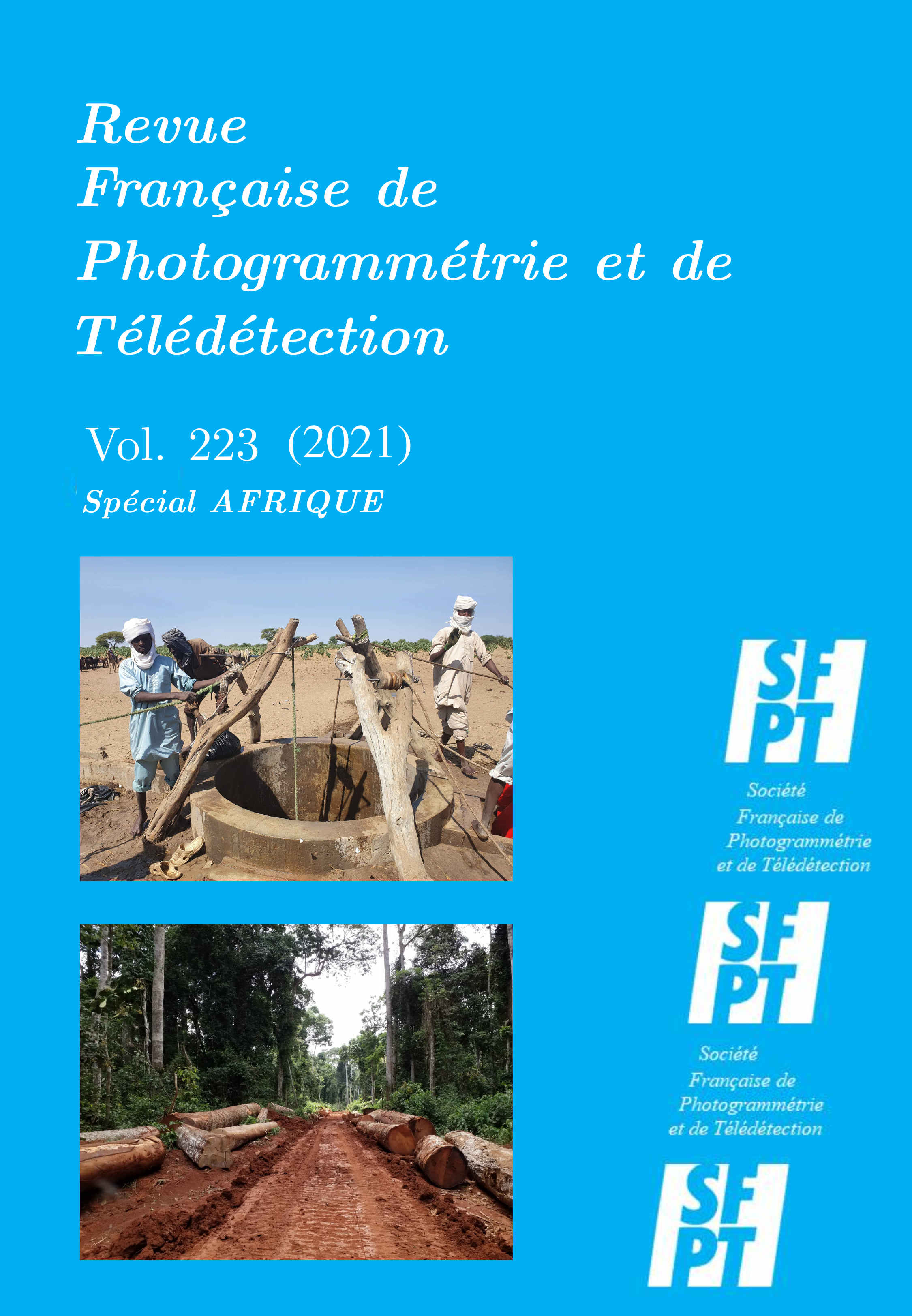COMPLEMENTARITY OF SENTINEL-2 OPTICAL IMAGES WITH RADAR IMAGES (SENTINEL-1 AND ALOS-PALSAR-2) FOR PLANT COVER MAPPING: APPLICATION TO A PROTECTED AREA AND ITS SURROUNDINGS IN NORTHWESTERN MOROCCO VIA THREE MACHINE LEARNING ALGORITHMS
DOI:
https://doi.org/10.52638/rfpt.2021.599Keywords:
Sentinel-1, Sentinel-2, Alos-Palsar-2, RF, SVM, kNN, Protected AreaAbstract
In this article, we evaluate the classification performance of three non-parametric algorithms (kNN, RF and SVM), using multi-temporal data from three satellites (Sentinel-1, Alos-Palsar-2 and Sentinel-2) and their combinations. The study area selected is characterized by a subhumid Mediterranean climate and a very rough topography, making it especially difficult to classify land cover. In addition, it contains a protected area named Jbel Moussa and presents exceptional biological diversity. We have acquired and pre-processed satellite images for the period from January 1 to December 31, 2017, to track vegetation cover. Then to produce 12 scenarios, we combined the three satellites. Classification maps illustrate our approach. A total of thirty-six classifications were carried out, based on seven classes: Water, Building and Infrastructure, Bare Soil, Sparse Vegetation, Grasslands, Sparse Forest and Dense Forest. The results showed that the highest overall accuracy was provided for all scenarios by RF (53.03%-93.06%), followed by kNN (49.16%-89.63%), while the lowest classification accuracy was created by SVM (47.86%-86.08%). The study also showed a similarity between the performance of the three satellites combination and that of Sentinel-2 alone. Area estimates vary from 0.85 km2 (0.11% of the study area) to 326.84 km2 (41.31% of the Study Area) for the various classes.
Downloads
Downloads
Published
How to Cite
Issue
Section
Categories
License
Copyright (c) 2021 Siham ACHARKI, Pierre Louis FRISON, Mina AMHARREF, Samed BERNOUSSI

This work is licensed under a Creative Commons Attribution 4.0 International License.






